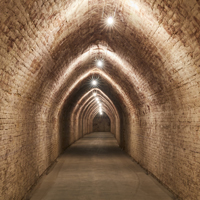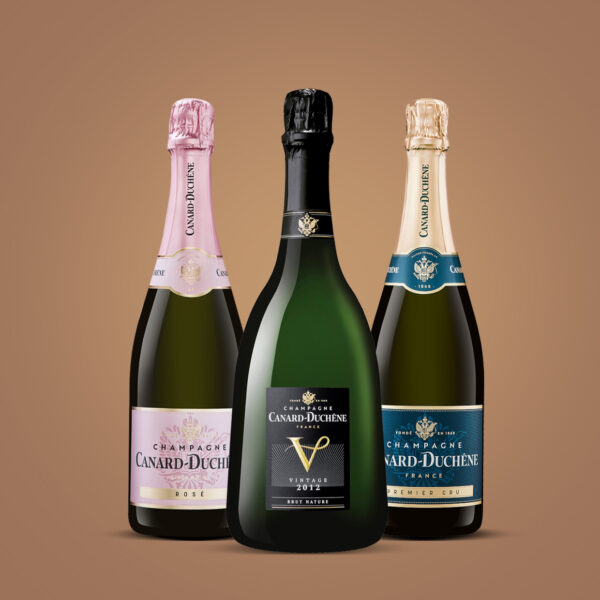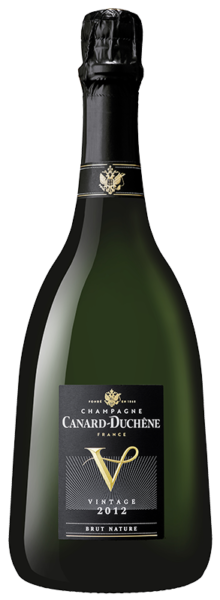The Mag
The awakening of the vines in spring
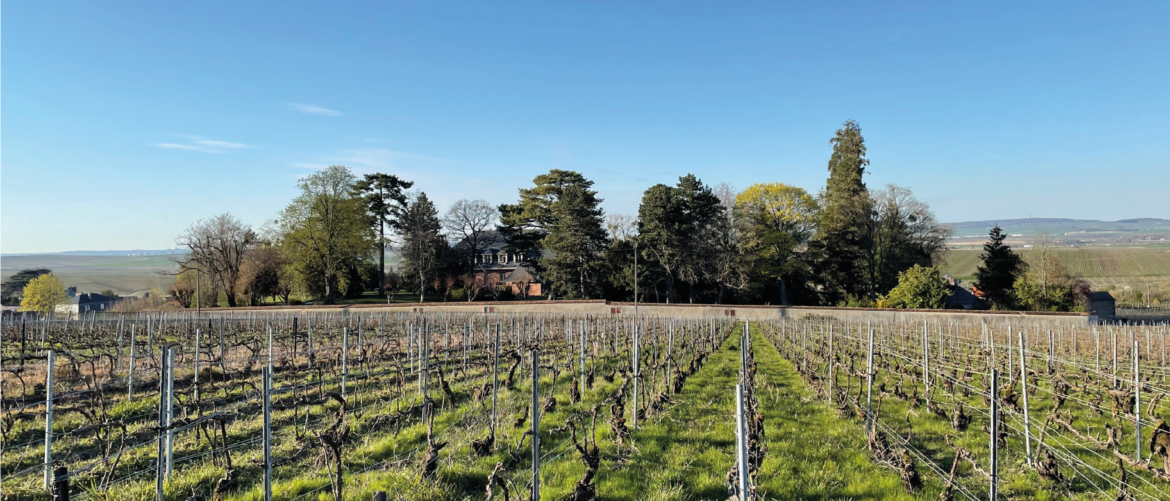
The winter period now slowly fades away to let us enjoy the awakening of the vineyard.
Since March 20th, spring has arrived. The climate is getting milder in the Montagne de Reims, and we are witnessing more sunshine in our landscapes and the bursting of the new buds. The fields and forests are colored again to start a new cycle of green shades in Nature.
But what happens in the vineyards in the springtime?
The Canard-Duchêne House offers to take you to the heart of Champagne’s vineyards hillsides and reveals the secrets of its activities from March to June!

Taking care of the soil
After the winter dormancy when the sap takes refuge in the roots to protect itself from the cold, it rises in the aerial parts. The phenomenon is visible at the level of the wounds of the wood from where the sap escapes by forming tiny drops. It is said that “the vine cries”.
This is Nature’s signal: it is time to get busy again in the vineyard and for the winegrower to get started on their various missions in relation to the Champagne land:
Weeding consists of removing unwanted greenery that competes with the vine plants. Several techniques are then possible:
– Mechanical weeding: this is done with tools such as ploughs or hoes, as for our organic cuvée P181.
– Weeding by animals: a 100% natural method that benefits the winegrowers, the animals and the vines. Sheep for example can be of great help!
– Scratching: part of mechanical weeding, it’s a surface tilling technique to remove weeds, aerate the soil and bury nutrients.
Grassing: we sow or leave a vegetation cover between the rows of vines.

Prepare the vineyard for the harvest
Once the soil is ready, it is necessary to pay attention to the vine.
The disbudding: the buds let appear very young leaves which are covered with a down (or “bud”), it is what we call “the budburst”. It is then necessary to remove the “gourmands”, the young shoots which do not give fruit and can harm the development of the fruit-bearing branches and the bunches. Beware of late frosts like the “Saints de Glace” in May! This is the “last burst of winter”, after which the frost would not be able to affect the grapes.
The trellising (tying, tying up and raising): the branches are raised by fixing them on the wires and the stakes that guide the rows of vines. It is important to do it in time, before the stems become too rigid!
The trimming: we cut the superfluous end of the branches so that the nutritive elements are concentrated on the bunches for a good maturation of the grapes.
The leaf removal: this consists of removing the leaves close to the bunches to allow sufficient sunlight, quality ventilation and easier picking!
Then comes the time of flowering, which takes place during the trellising and before the trimming. The flowers lose their first floral caps and turn into fruit, this is called the fruit setting.
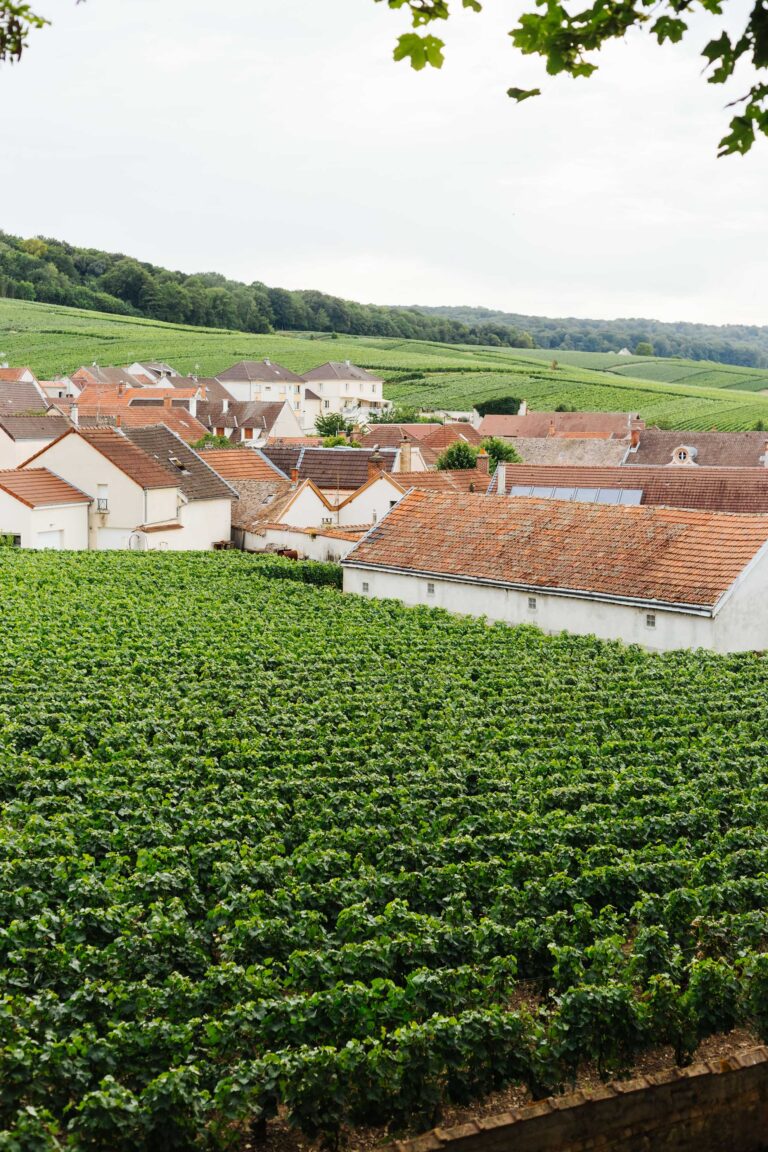
Taking care of the chalky soil and the vines themselves is the key to healthy plantings!
Protecting, nourishing and supporting the vine are the pillars in the life of a Champagne House to create excellent cuvées.
To learn more about the work in the vineyards in the green setting of our century-old park, you can book a visit to our cellars coupled with a discovery tasting!
For more information, we invite you to contact the House!
These articles may be of interest to you

Lifestyle
The Domaine's summer experiences
This summer, the Maison Canard-Duchêne offers you memorable experiences and shared moments in its park, nestled in the heart of the Montagne de…

Knowledge
The blending of champagne at Canard-Duchêne
We had already shared with you the complete manufacturing of the champagne, let us be more interested in the blending stage. Nuances, tastes…



